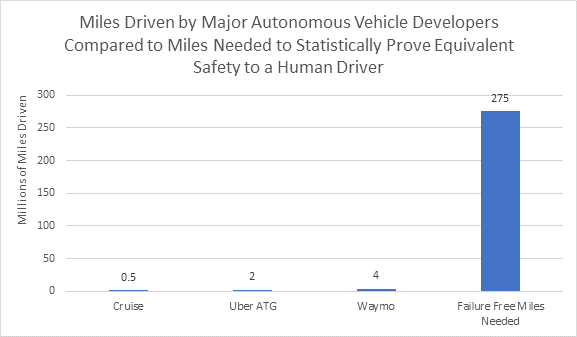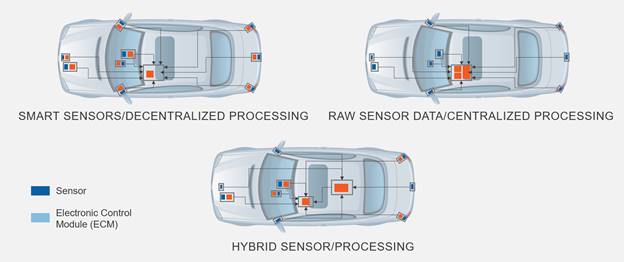Advanced driver assistance systems (ADAS) increase car safety by helping with monitoring, warning, braking and steering tasks. These systems are set to grow over the next decade, driven in part by advancements in sensing and laser technologies, and by regulatory change.
As Jeff Phillips, head of automotive marketing, National Instruments writes, the EU mandates that by 2020, vehicles will need to be equipped with autonomous emergency braking systems and forward collision warning systems.
While ADAS applications are still in their early days, their safety features could eventually become the main differentiator for automotive brands, especially when it comes to creating autonomous vehicles.
Today, OEMs and technology brands are competing against each other in this largely unregulated space to capture market share and develop the safest vehicles on the road. However, since nearly 1.3 million people die in road crashes globally each year, and with the number of people killed on UK roads at a five-year high (1,792), it is critical that we ensure and manage the safety of ADAS technology.
Nightmare scenario
One consequence is that ADAS innovations are creating a nightmare scenario for test engineers. All these evolving ideas mean testing against unknowns – unknown regulation, technology, architectures, even unknown algorithms created by neural networks rather than the line by line code that software engineers develop.
Additionally, the burden of safety falls on new technology. Every crash of a self-driving car brings more scrutiny and doubt on technology – despite the fact that there has only been a small number of documented self-driving accidents. As with any new technology, consumers will need reassurance about the safety of the technology before putting lives at stake.
And this is the ultimate unknown for test engineers. How much testing will be needed to prove these systems are safe – both to governmental and legal standards – and to meet consumers’ confidence standards?

The number of miles needed to prove autonomous vehicle performance meets or exceed human driver performance according to statistical analysis by Rand corporation compared to actual driven miles as of January 2018. Obviously new test strategies will need to be developed to meet these near impossible numbers in any reasonable timeline.
The machine learning story
It is commonly thought that the only way autonomous vehicles can become a reality is through applying machine learning. The possible scenarios a vehicle could encounter are essentially infinite and it’s impossible to hard-code the algorithms to successfully negotiate all of them. Rather, massive data sets are recorded in how humans react to driving scenarios, which are then fed into neural networks.
Although design engineers can more reasonably tackle the problem of algorithm design, this makes the test engineer’s job difficult. Algorithms have essentially become a black box. More extensive testing is required because you don’t have a fundamental understanding of the code that can be used to generate test scenarios. Rather, you need to test against almost every conceivable scenario to ensure the algorithms work properly.
A new roadmap
Technology is evolving, becoming ever more cost competitive. As such, design engineers are updating their ADAS systems to include new and different sensor types, and sometimes even evolving system architectures. However, there are competing schools of thought about centralised versus distributed processing architectures. Cloud computing will add to the complexity as 5G radio technology helps to support the bandwidth requirements needed for the massive data streams created from sensor systems.

Right now, test engineers need flexibility. It’s not yet known what types or how many sensors vehicle platforms will have even a year or two into the future. Also, most test organisations don’t have the budget or time to bring up new test systems every year to meet these needs. Rather, they need adaptable test systems that can add more cameras or radar sensors and include LiDAR and other new sensor types.
Building for change
As autonomous capabilities in vehicles become productised, government regulation will need to be ready to ensure consumer safety and build consumer confidence. We’re seeing this emerge with ISO 26262 functional safety standards and EURO-NCAP insurance testing standards. Meanwhile, Germany has recently released an autonomous vehicle ethical standard that governs the decisions of self-driving cars.
While standard testing will help to ensure the safety of cutting edge ADAS technology, organisations will still add their own approach to help differentiate themselves in this fast-growing market. And as regulation is still catching up, an open and adaptable test infrastructure will give test engineers the flexibility required to manage evolving internal and external standards.
The author of this blog is Jeff Phillips, head of Automotive Marketing, National Instruments
Comment on this article below or via Twitter: @IoTNow_OR @jcIoTnow










